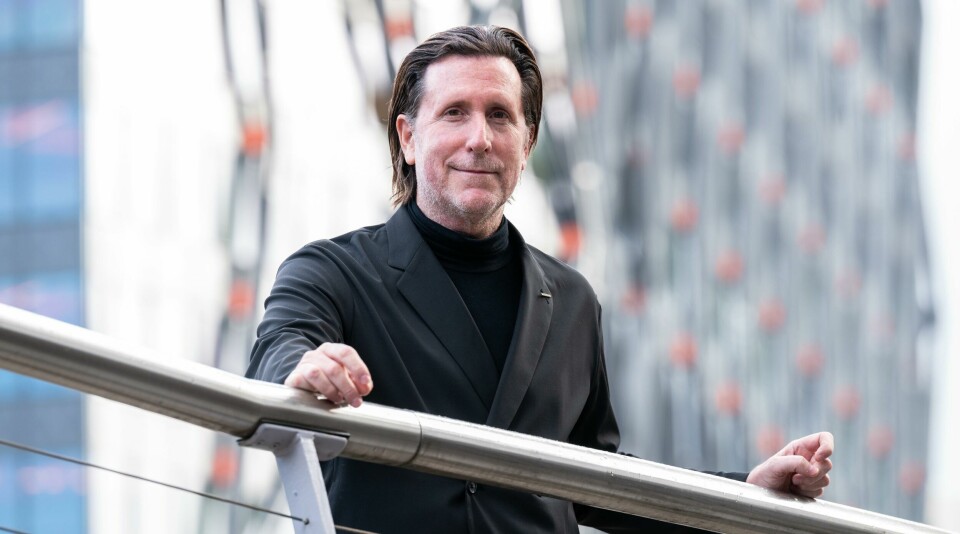
World exclusive: Alfonso Albaisa, Nissan global design boss
Nissan design boss Alfonso Albaisa speaks to Car Design News during a tour of the carmaker’s European design studio
Car Design News caught up with global SVP of design, Alfonso Albaisa, during his whistle-stop tour of London to see Nissan’s European design studio in early November 2022.Highlights of the free-flowing one-to-one chat included product diversity, sustainability and circularity and why he might be game for some heritage-inspired cars. Read on for our world exclusive.
Car Design News: How is it being back in London at your European studio?
Alfonso Albaisa: It’s such a wonderful space where many cars were born including the Juke and Qashqai.
CDN: Having a London studio must give you a different perspective. Only Nissan and SAIC have permanent design spaces here?
AA: The company understands that and senior management use it as a base when they come here to do their government stuff. It’s not just a design centre. Matt [Weaver, European design VP] works with us on all our global and regional projects and also Renault ones. Because of London’s proximity to Paris the synergy is good. If this studio was in another place it would be a little bit more difficult. I came from Paris and Renault just yesterday.
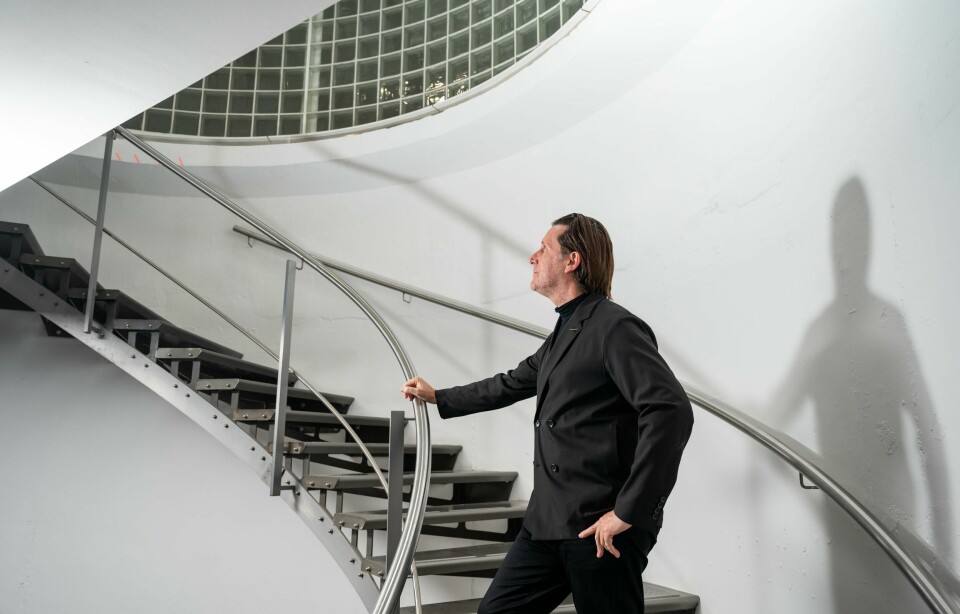
CDN: How is the currently slightly fractious Nissan relationship with Renault Mitsubishi affecting design?
AA: We’re still the people who tell the big bosses what is possible. We can end up getting a bit dizzy at times, but internally we are ‘opportunity hunting’. We have an electric car coming that is based on the same architecture as the Renault 5 prototype. That’s the maintenance side of things. But the other things are the ‘what ifs’. I go through every project of Laurens [van den Acker, EVP, Corporate Design, Groupe Renault] and look at what’s possible.
We’re feeling a bit more comfortable now and shouldn’t be shy
CDN: Renault’s forthcoming EV is a tribute to a 50-year icon and, talking of tributes, what’s the Figaro-esque scale model behind us about?
AA: I like it.Obviously that little ‘Fig’ is a bit retro, but I think it’s part of our history and the time is different now. Before it was like, ‘Oh, you’re going to make a retro car?’ but now it’s not like that. It’s working. The new Z kind of looked like that [retro] too.
CDN: But the Z was an evolution of many generations, whereas the 5 was a jump from a dead model. Critics might say, ‘you’ve run out of ideas’?
AA: I didn’t see it so negatively. Sometimes you want to celebrate that [old design history]. And because we have 62 cars [in our range] I feel we’re inventing all the time. The new little car we’re doing is different. We’re a company that invents segments with the Juke and Qashqai and we have a desire to be exploratory with our shapes. But sometimes we want to do it [go retro]. Basically we’re feeling a bit more comfortable now and shouldn’t be shy.
CDN: You mentioned 62 cars, how many of them are global?
AA: We’re smaller in Japan than everywhere else and the US market is huge and their customer perceptions of ‘right size’ are different from European ones. The Qashqai is for us a car of abundance, but in the US it’s a Rogue Sport and considered small. So we end up not having that many cars that are common. China is completely different, where our design is positioned as a bit more premium. In the US it’s more sporty. The portfolio is diversified. The challenge for us is to make them all feel like Nissans.
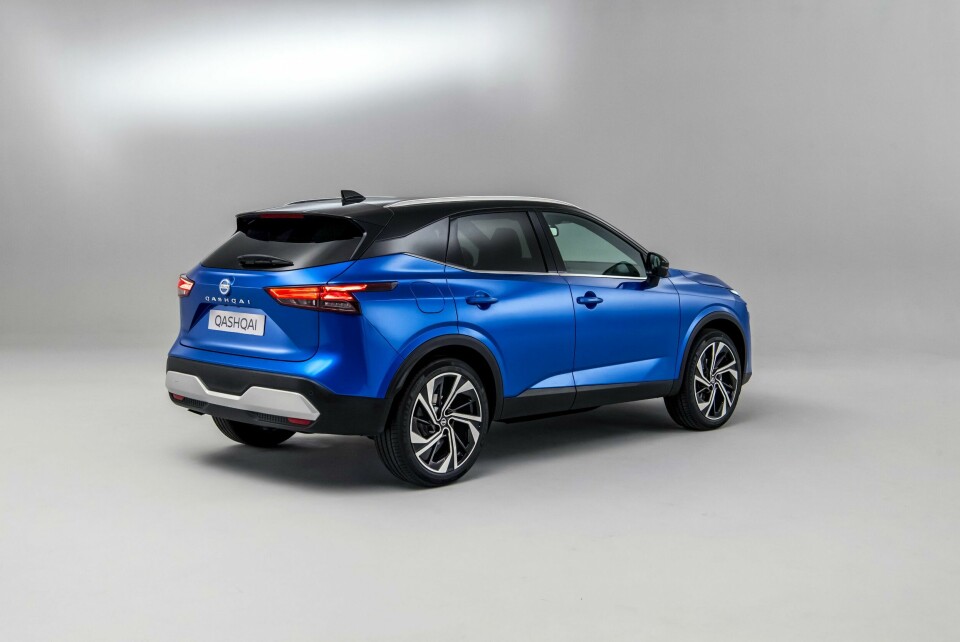
CDN: Do you want the world to see Nissan a bit more uniformly?
AA: No I don’t.
CDN: But how do you design a brand that stands for different things in different countries?
AA: I do have an answer, but it’s long. When I got the call from Nissan’s CEO to take over from Shiro [Nakamura], who decided I should replace him, I felt horrified. Even though I had been at the company for 30 years, I didn’t feel I knew Japanese culture enough to be Nissan head of design. I didn’t know what made Japanese cars so cool. On my first trip to Japan in 1988 I went into the studio and saw the Figaro clay model, before it was out, next to the 300Z. Opposites and beautiful cars in their own right.
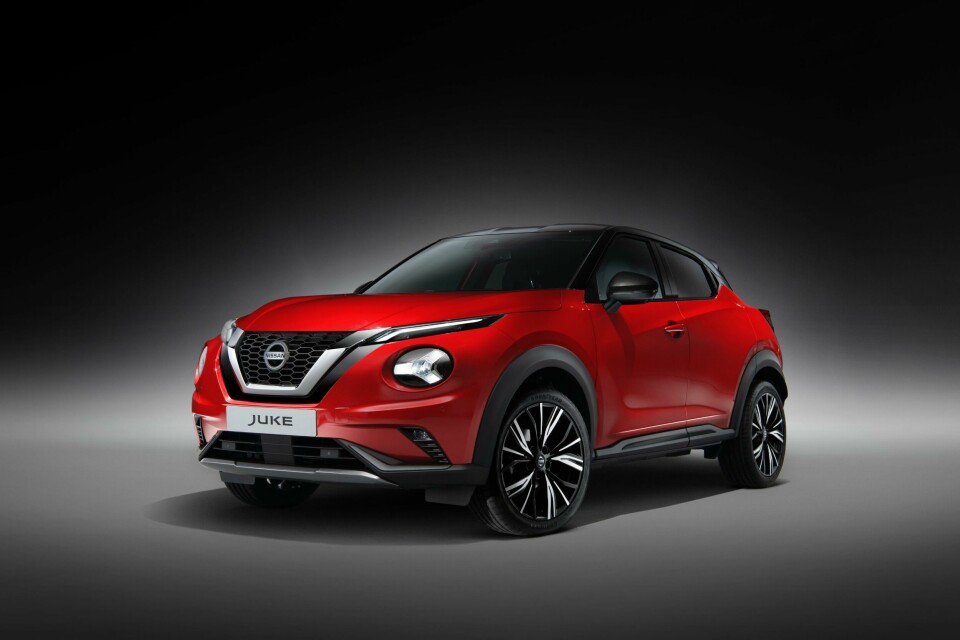
So through our studios in London, California and China we started to research Japan’s design history – not cars – and developed these words. The European studio brought the word ma, which is the mastery of empty space. That was from a Croatian designer. We’re not all Japanese and our portfolio should reflect that. Nissan is strong when personalities are reflected in its cars. We developed 14 products in the first year I was boss in 2017 – including Juke, Qashqai, Pathfinder, Ariya and Z – which is not normal.
We made a conscious decision they would have a soul that was Nissan, but would not have ‘faces’ in common. They’ll have a sense of digital precision and a little quirkiness. It made me wonder, ‘why do cars need to reflect one identity?’
We still have an Infiniti fanbase – which we have neglected – but there are dormant supporters
CDN: How about the new Leaf? The first two did well as there was little EV choice, but what’s your approach now?
AA: The Leaf will have to live in a new world where it’s not alone. It was a pioneer but now there are very good competitors. We’ve already announced many EVs coming to Europe. The Leaf is one, we have the Ariya already and there will be others. Some of those will be high-character cars like ‘Pikes’ [the retro-inspired Figaro, Pao, be-1 and S-Cargo cars from the Pike Factory in the early ’90s] or Juke-ish type of things, but the Leaf is different. It’s not the mainstream, but represents the main design values of the company.
CDN: What can you reveal about the new Leaf?
AA: It’s hard for me to answer directly, but it’s in the world of Ariya, this Japanese futurism. It’s not a functional, bread-and-butter type of thing at all [see the late 2021 Chill-out concept for an idea].
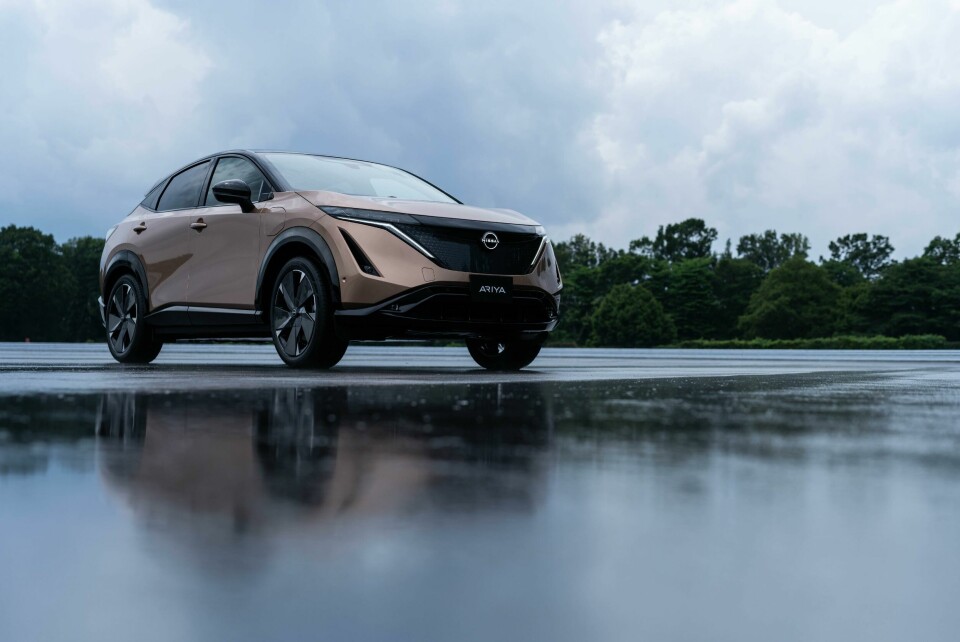
CDN: What’s the role of concept cars for Nissan now, you don’t do as many as you once did? You must miss them?
AA: We miss motorshows. We have been busy launching all these cars in the Covid world so we haven’t been making show cars. You’ll see more concepts as we start the next generation, showing the different characters of the brand, from this kind of thing [he points to two scale-models including a Figaro-esque one], to sporty and SUV things.
CDN: Moving to another brand, how are you going to fix things at Infiniti? We’ve seen many recent Infiniti concept cars which I love, but I can’t say the same for any of its current production cars.
AA: There are a few things happening relatively soon as the portfolio finally starts to get its new production cars. You’ll see a resistance to more show cars because we understand. If Nissan is ‘Tokyo’ then Infiniti is Kyoto. There is a sense of the artist and craftsmanship to Infiniti but also super high-tech. We still have an Infiniti fanbase – which we have neglected – but there are dormant supporters. They expect us to be innovative and have a sinister, black-sheep sense. The spirit of the Infiniti FX you’re going to see [return].
CDN: Where do those dormant Infiniti fans live? America and China?
AA: Yes, both of those countries and the Middle East and a lot of other places.
CDN: At some point do you want to return Infiniti to Europe as well?
AA: Europe proved to be difficult. Right now we need to come out with cars in the markets where we have a long history and a huge fanbase. But even when a car is not made or sold in Europe, it needs to reflect the excellence of Europe, that’s the reality of the premium world. When the FX [SUV Coupé] came out in 2002, no other car looked like it.
CDN: Do you think there is a place for a ‘classics’ range – like Adidas and Tag Heuer do for trainers and watches – but modernised as EVs?
AA: If you ask the design bosses at individual brands they’ll mix in their own personal feelings on this, so it’s going to differ. But we have an independent jury that annually evaluates our design and on one occasion a designer was explaining how they referenced this or that detail from an older car and one of the jury said, ‘why don’t you just make it again?’
I think the public has a very different opinion to people inside the industry. What if someone literally came out with a clone of something? What if you brought out a Prince Skyline Coupé from 1962 as is – and electrified platforms kind of allow this, as they’re skateboards you can almost put anything on their tops – I’m curious. I think ‘why not?’
One thing is agreeing to recycle stuff, another is how to do so practically
CDN: But A-pillars can’t be as skinny as of old, due to modern roll-over crash protection and other design restrictions?
AA: That makes it difficult, because you can lose the authenticity, but I think Ford did a good job with the Bronco. In the supercar world I’m really surprised it hasn’t happened. When Italian manufacturers can make 500 units of something, why doesn’t someone just make the Countach again, without the usual homologation issues? Like our GT-R50 with Italdesign…
CDN: Have all those GT-R50s been sold now?
AA: I don’t know if they are still looking for customers but we ended up at about 27 or something, which is not what we originally wanted [50]. But 27 cars at US$1m-plus each is useful. They’re made in Italy.
CDN: Where is Nissan design on sustainability?
AA: In design we don’t have whole departments working on sustainability. But regarding disassembly, a lot of that is with R&D and it’s a big focus right now. One thing is agreeing to recycle stuff, another is how to do so practically. Today in Japan, if you want to buy a used Leaf it’s almost impossible, because of demand for their batteries. Even a ten-year old Leaf with 60-70% battery life left is still so much more valuable to the wider world.
CDN: You’re saying the Leaf is worth more for its batteries than as a used car?
AA: Yes, and it’s desired as a secondhand car because the cost of ownership is so low.
CDN: As a designer, you must agonise over quality issues regarding re-use?
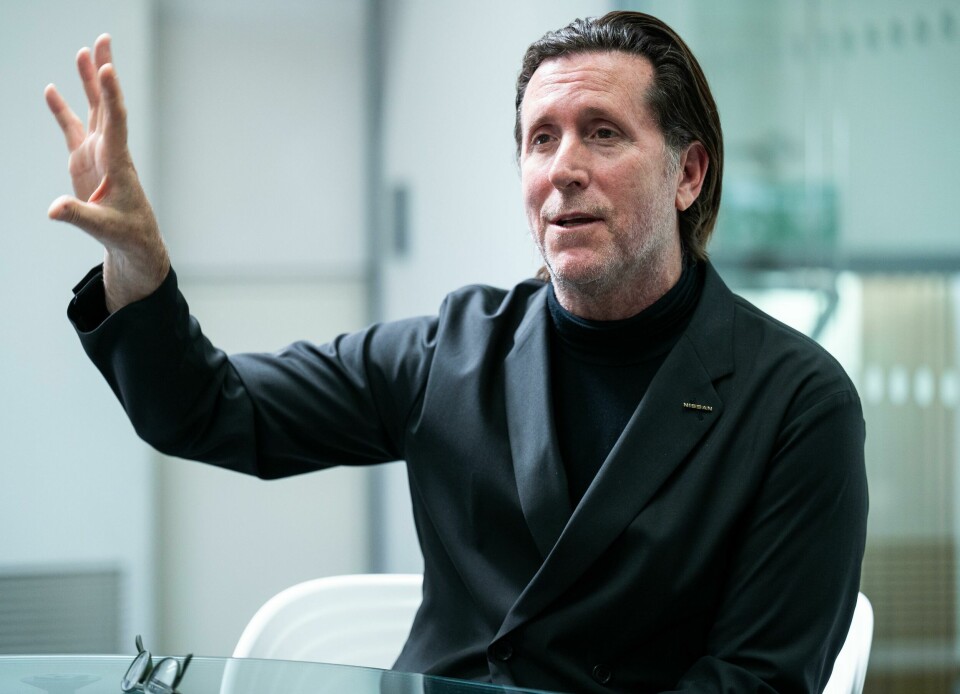
AA: Foam and PVC are bonded on lots of trim, so taking that apart is hard. The solution might not end up so romantic visually, but it is something we have to work with our suppliers to identify. PVC is a petroleum product so we want to decrease its use and we want recycled fabrics, but you still need a foam bond to make them soft.
CDN: What about noise, vibration and harshness (NVH) issues?
AA: EVs need a lot of NVH work because wind noise can become annoying so it’s about where to use those materials and from the very start talking with suppliers about how you make them too.
Although the single-seater looks like a dreamy thing, there’s a lot of reality in that car
CDN: Does the ‘stripped-out’ approach of some recycled design excite you?
AA: That type of aesthetic is more in the public consciousness now, but even in a normal car customers want to know how much the company has invested in its sustainability. We might want to go the [stripped-out] ‘Fiat Panda’ route or show naked materials to make a statement for a show car, but the real hard work is on the other side, the reality of how to separate stuff. Seats are a nightmare, there is a lot of foam to consider.
CDN: Can we still expect more leftfield projects from Nissan in the future, like the various Glider concepts of a decade ago?
AA: We recently made the Ariya single-seater and there are other serious projects we make time for. We’re into the experience of making the single-seater, but a private person can’t buy one right now. We have more tangible powertrains than we used to have a decade ago and although the single-seater looks like a dreamy thing, there’s a lot of reality in that car. So we have fun.

























